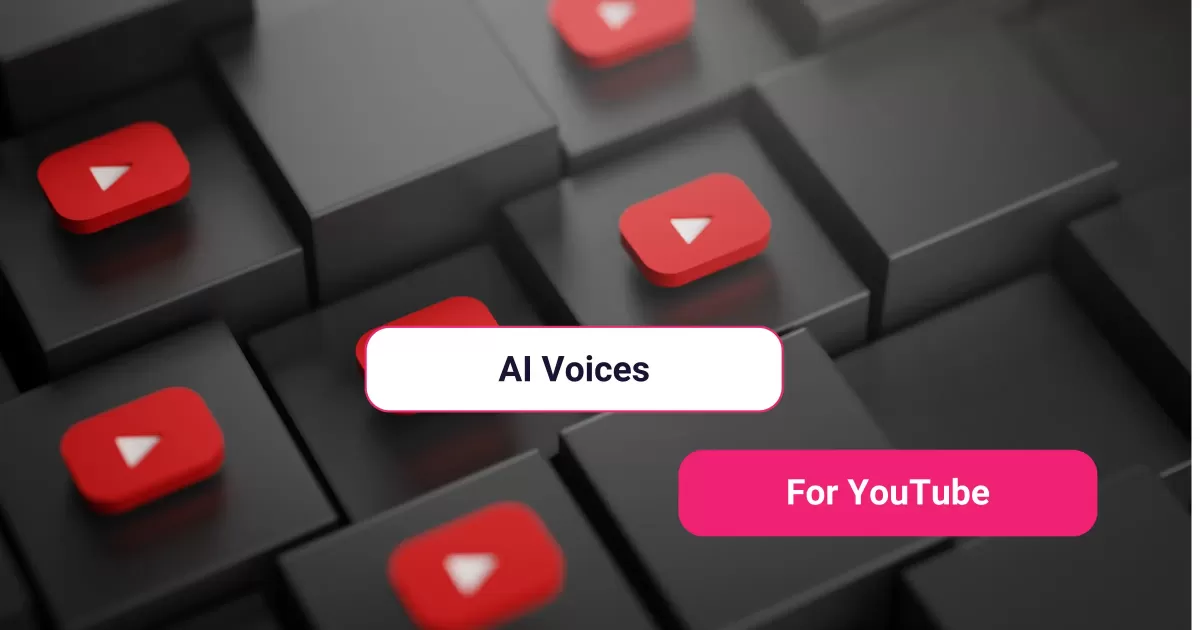
Why Are There So Many YouTube Videos Using Robotic AI Voices?
🎙️ Why Are There So Many YouTube Videos Using Robotic AI Voices Now?
Have you noticed that a growing number of YouTube videos sound like they’re narrated by a robot? You’re not imagining it. In 2024 and especially into 2025, there’s been a significant surge in channels using synthetic voices—also known as AI-generated narration. These robotic-sounding narrators are everywhere, from viral top-10 lists and breaking news clips to DIY tutorials and health explainers.
This change isn’t just a fluke or a trend—it’s the result of rapid developments in text-to-speech (TTS) technology, automation tools, and a shift in how creators think about scaling content. But the rise of AI voice YouTube videos raises both curiosity and concern. Why is it happening, and what does it mean for the future of content creation?
🚀 The Technology Behind Robotic Narration
The main driving force behind this explosion is the evolution of TTS software. Not long ago, robotic voices were flat, awkward, and easy to spot. But now, platforms like ElevenLabs, Google WaveNet, Amazon Polly, and Microsoft Azure can generate voices that are surprisingly lifelike. Some can even mimic human emotion, accent, and tone.
Combine these voice generators with video tools like Pictory, Lumen5, or Synthesia, and creators can build full YouTube videos without speaking, filming, or even hiring anyone. The entire process—from script to voice to visuals—can now be automated in under an hour.
💼 Why Creators Are Embracing AI Voices
There are several reasons why robotic narration is becoming the go-to choice for many YouTubers:
- Speed & Scalability: AI narration allows creators to produce more videos in less time, which is key to growing a channel fast.
- Cost Saving: Hiring human voice actors or using studio gear is expensive. AI cuts costs significantly.
- Privacy & Anonymity: Some creators prefer to stay off-camera or not use their real voices, especially in niche or controversial topics.
- Multi-Language Capability: AI tools can instantly translate and narrate content in various languages—opening the door to global reach.
In short, robotic narration removes many traditional barriers to content creation, giving smaller creators a way to compete with larger channels.
🎧 Do Viewers Actually Like Robotic Voices?
This is where things get interesting. Viewer reactions to AI narration are mixed. In highly informational or short-form content, many people don’t mind the robotic tone—especially if the video delivers clear, useful information. In fact, some viewers may not even notice the voice isn’t real.
But for emotional storytelling, entertainment, or commentary content, robotic narration can fall flat. The lack of natural rhythm, personality, or humor can be a turnoff. That said, as AI voices become more expressive, this gap is narrowing.
💡 Monetization & SEO: Does AI Voice Affect Revenue?
One of the biggest concerns for creators is whether YouTube allows monetization of AI-generated content. So far, the platform doesn’t ban AI voices. However, YouTube does emphasize original, high-quality content in its Partner Program policies.
In practice, channels that pair high-quality visuals, engaging scripts, and well-produced AI narration are still getting ads, views, and search traffic. In fact, many creators are optimizing for text-to-speech YouTube SEO by targeting long-tail keywords, uploading frequently, and focusing on audience retention.
🔮 The Future of AI Voices on YouTube
Looking ahead, robotic narration isn’t going anywhere. It’s more likely to evolve than disappear. We’re already seeing AI tools that can replicate individual human voices with permission. Others can change tone mid-sentence to match context—like excitement, sadness, or suspense.
As AI improves, the line between synthetic and real narration will blur even further. The question won’t be “Is this voice AI?” but “Does it matter?” For content that’s informative, efficient, and well-written, many viewers will continue to engage—regardless of whether the voice is real or not.
📌 Final Thoughts
The rise of robotic narration is about more than just convenience. It represents a fundamental shift in how people create and consume video. While human storytelling and voiceover will always have a place, AI voice YouTube videos are carving out their own powerful niche—especially for creators who want to move fast and stay lean.
Love them or hate them, synthetic narrators are here to stay. Whether you're a creator looking to automate your workflow or a viewer wondering why every other video sounds like a robot—now you know why.
Got a take on this trend? Join the conversation in the comments below. The voices may be robotic, but the debate is very human. 🤖💬
Comments (0)
No comments yet. Be the first to comment!
Leave a Comment